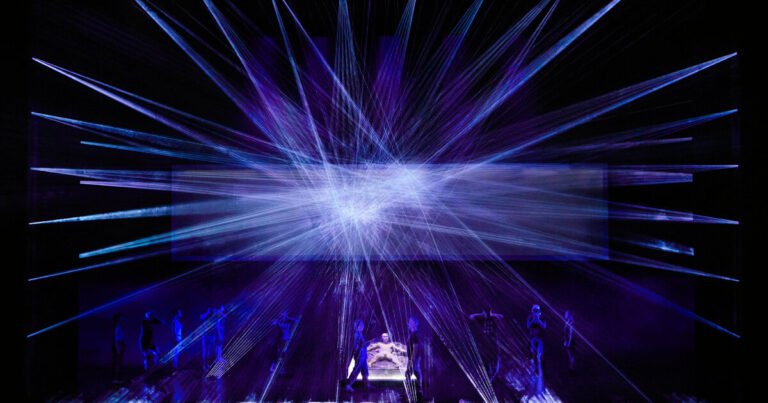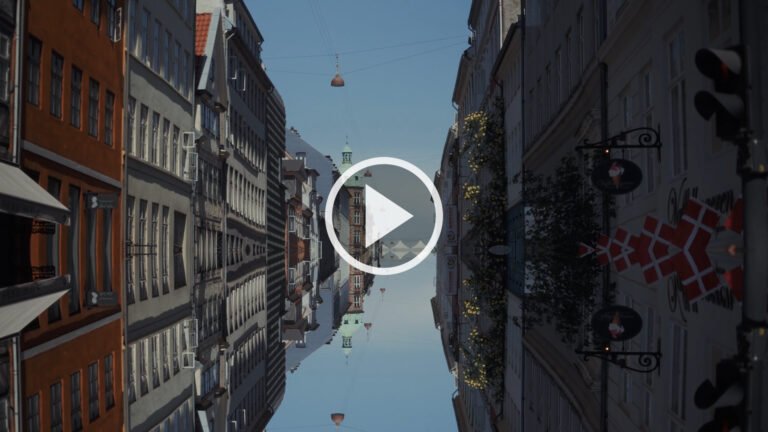Uber focuses on employee needs in new San Francisco headquarters
In early March, Super Pumped: The Battle for Uber, a dramatization of the start-up’s disgraced disrupter-in-chief Travis Kalanick, premiered on Showtime. The series’ flashy set pieces have their basis in news reports about the toxic work environment Kalanick and his close associates oversaw at Uber’s Market Street campus in San Francisco. Under pressure from investors, he stepped down as CEO in 2017, and executive team members quickly set about repairing the company’s image.
The push started with its own offices. Looking for a fresh start, Uber acquired four semi-adjacent lots in the Mission Bay district and tapped the local office of architecture and interiors firm Huntsman to develop a unifying master plan. “When we got involved, they were in a real transition,” Alison Woolf, associate principal at Huntsman, told AN. “They were looking to emphasize their employees and the connectivity between them.”

Aligned north to south along 3rd Street, the buildings are grouped in pairs and separated by a cross street. Buildings 1 and 2, designed by SHoP Architects, are glazed blocks connected by crisscrossing pedestrian bridges and feature accordion windows that, when opened, lend the envelope a prismatic shimmer.
By contrast, Buildings 3 and 4, which share a plaza with Chase Center, home of the Golden State Warriors, are more traditional developer fare. What’s notable about the pair is the wealth of densely woven programs, ranging from retail and care rooms to a yoga studio and outdoor terraces, that characterize their interiors. Floor plates are broken up into “neighborhoods” populated by various Uber teams; they are identified by proprietary color schemes and graphic patterns. Yet, as capably realized as these open offices are, they can’t match the punchy sensibility of the auxiliary spaces.


In section, the 11-story structures appear to devote as much real estate (584,000 square feet in total) to work as they do to nonwork activities. According to Woolf, there are close to 30 break rooms across the buildings, each one outfitted with a different decorative scheme. Numerous cafes and snacking stations supplement a full-service cafeteria and a food pop-up program. Wood-paneled bleachers offer a natural point for assembly and socializing, while lounges double as spaces for self-directed work. Employees are given laptops, allowing them to stretch their legs and float from home base to the top-floor “chill space” or seventh-floor library, with pit stops at juice or coffee bars on the way.
Smart material choices, artworks, and eclectic touches (a dichroic glass ceiling and a programmable “sky”-light from TLS) identify each of these programs, which often span multiple stories. “We created as many punch-throughs as we could, which create openings for staircases and the bleachers, as well as art pieces and reception desks,” said Woolf. “It also helps connect with what’s happening in the SHoP buildings.”

Uber’s Mission Bay campus opened last year, but the buildings remain at partial capacity. Nevertheless, Woolf attests to a change in the company culture; evidently, many of the staffers in Buildings 3 and 4 are spending a lot of time on the terraces, which are planted with berms to block the city’s consistent wind. The outdoor space “shows some forethought on Uber’s part,” she said. “The terrace and the social areas not only are COVID ready, but they also make the office a much more spatially interesting place to be. Everything is geared toward staff.”

Uber Headquarters, Mission Bay Buildings 3 and 4
Interiors: Huntsman Architectural Group
Location: San Francisco
Architect: Pfau Long (a Perkins&Will company)
General contractor: DPR Construction
MEP engineer and lighting: AlfaTech
Acoustics: Salter
Landscape: SWA Group
Structural engineer: Thornton Tomasetti
Woodwork: Montbleau
Sustainability: Stok, SSR
Art: Keehn On Art
Graphics: THERE
Furniture dealer: Two Furnish



